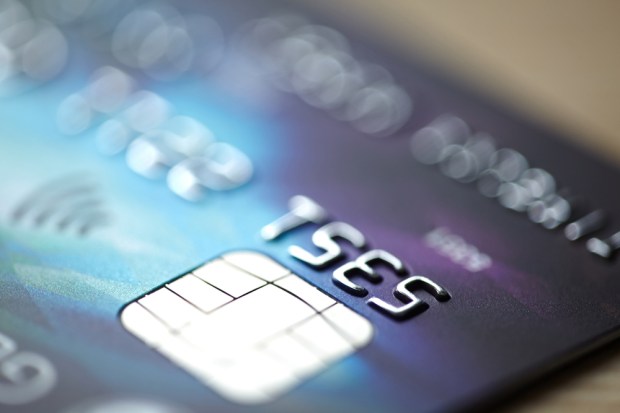Market Snapshot Shows Merchant EMV Chip Use On The Rise

The U.S. Payments Forum has released its fall 2017 market snapshot, showing that merchant EMV chip enablement is on the rise.
At its member meeting last month, the Forum reported that 55 percent of spending is now on chip cards, while 96 percent of the top 200 merchants are now accepting chip payments. ATM enablement is also growing rapidly, with the ATM Industry Association (ATMIA) estimating that 80 percent of ATMs will be chip-enabled by the end of the year.
In addition, small- and medium-sized businesses (SMBs) have also seen an impressive jump in enablement.
“We’re hearing reports that between 70 and 80 percent of SMBs are now chip-enabled, which is a significant leap from where we were a year ago,” said Randy Vanderhoof, director of the U.S. Payments Forum. “This shows us that merchants are being proactive, certifications have become more streamlined and those certified systems are getting into the market more quickly.”
The increase shouldn’t be that surprising: In June, EMVCo reported that there were a total of 6.1 billion EMV cards in circulation worldwide as of the end of 2016, representing an increase of about 1.3 billion cards over the last 12 months.
Looking forward, a priority for the U.S. Payments Forum is offering guidance on mobile and contactless payment implementation for issuers and merchants.
“There are many indications that the U.S. market is getting primed for contactless payments,” said Vanderhoof. “Certified solutions for merchants are coming into the market, and more card issuers are requesting dual-interface cards. Yet it’s important to note that contactless transactions still make up a small proportion of overall chip-on-chip transactions. For those merchants and issuers that see contactless in their future, we will provide the certification and implementation facts and guidance that they need for success.”
In addition, the Forum also wants to focus on executing new specifications that include 3D Secure 2.0 and other solutions for secure online payments.
“New payment security specifications like 3D Secure 2.0 are being published; many are eager to deploy, but have questions around how the implementation will work in the U.S. payments market,” said Vanderhoof. “By having the unique membership mix that includes all payments stakeholders in the Forum, we will be able to provide that detailed, technical implementation guidance for 3DS 2.0 and other upcoming payments specifications.”
